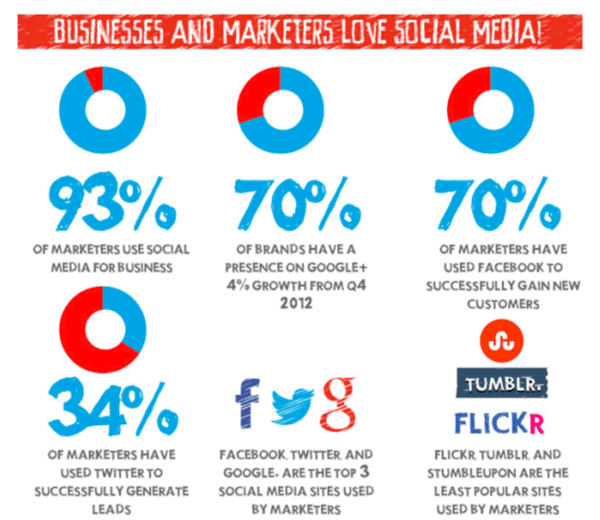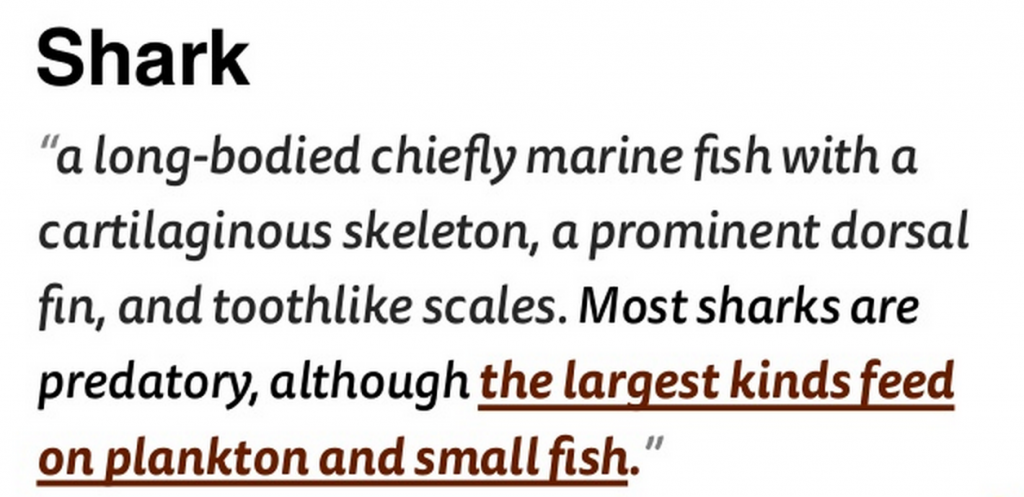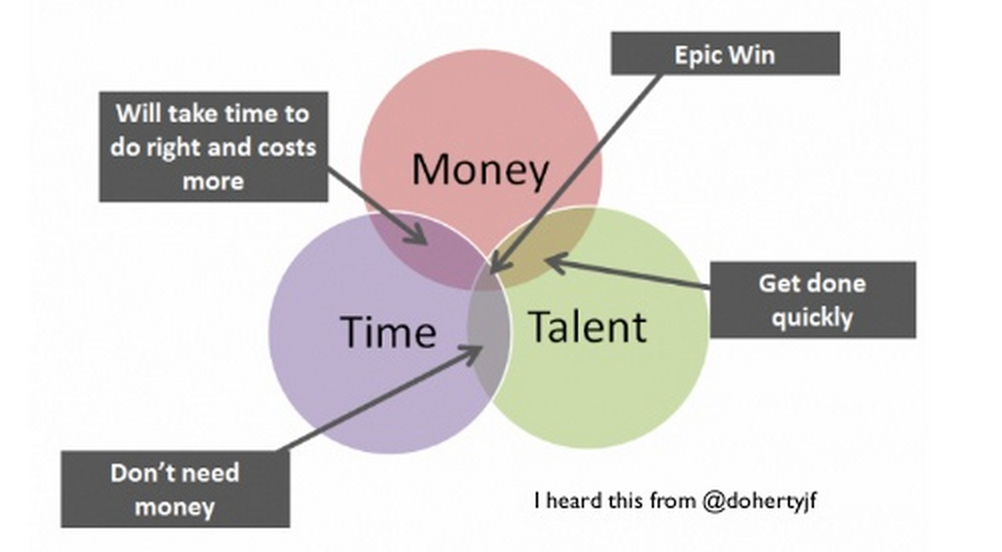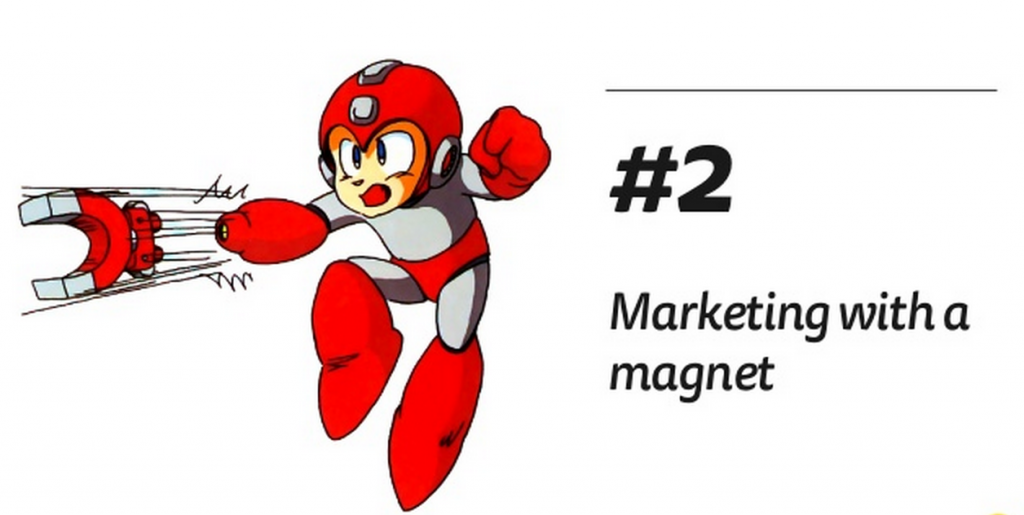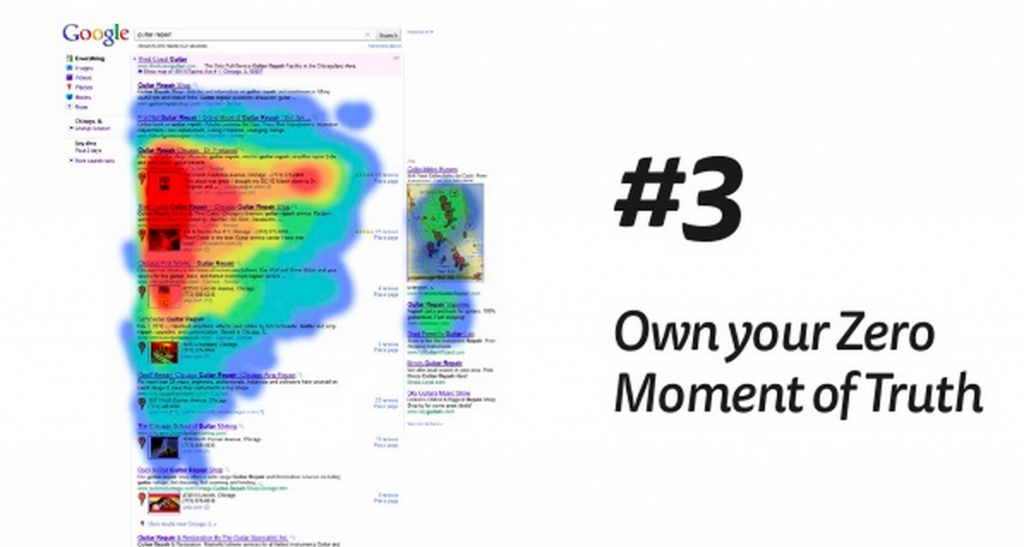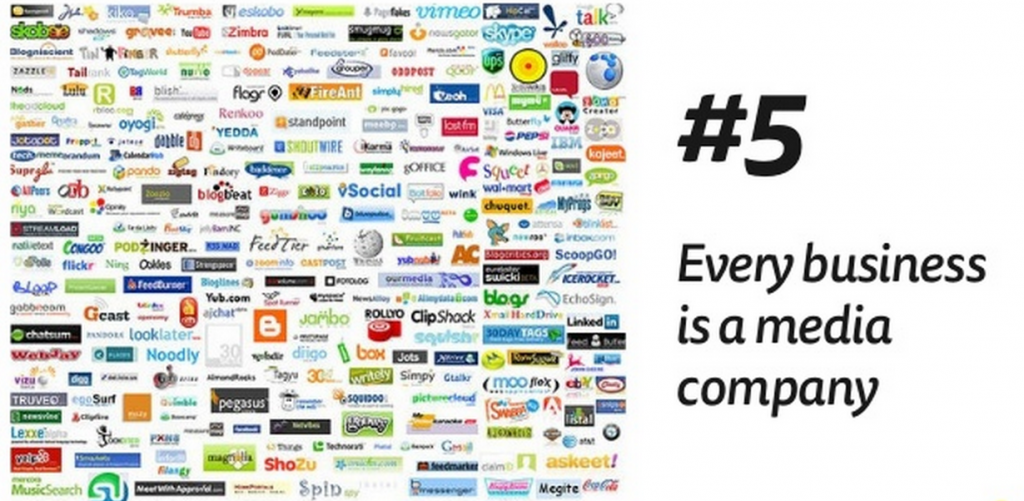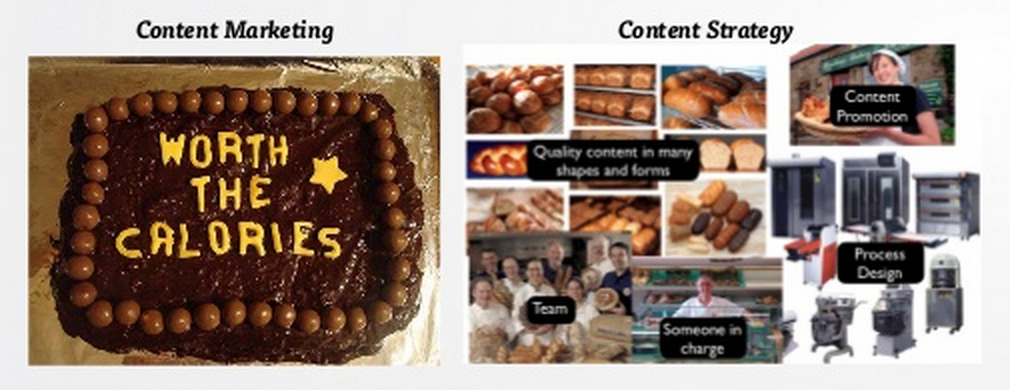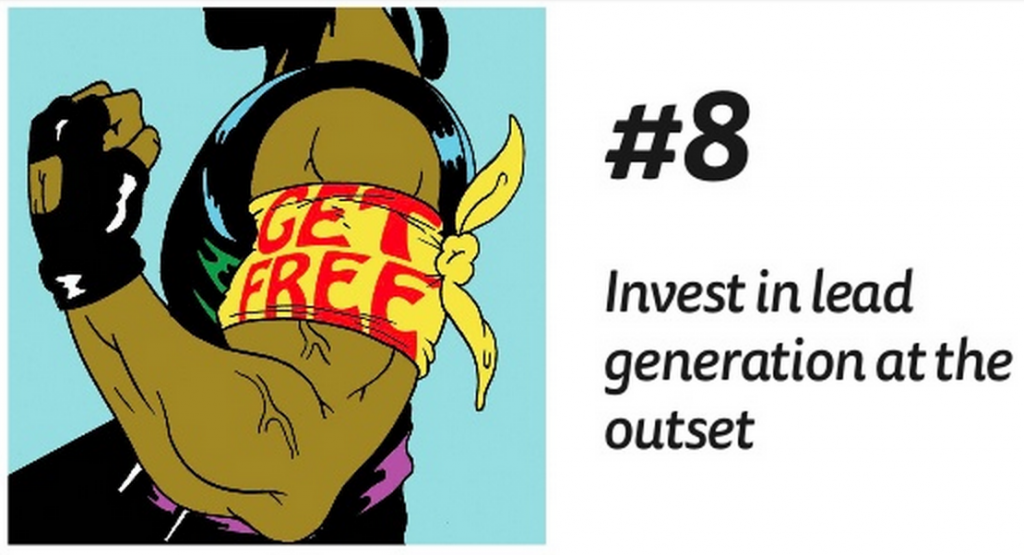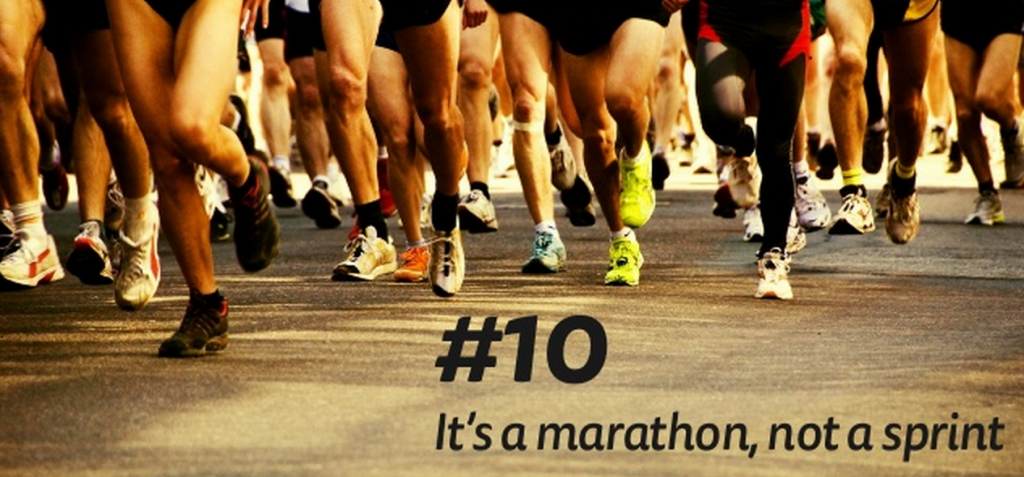It takes a good deal of effort to draft, design, and finalize an infographic, but it doesn't take a lot of effort to read an infographic -- which is exactly why people love them so much.
Humans have short attention spans and, let's face it, the internet is cluttered. To stand out, boost engagement, and increase shareability, many marketers have turned to visual content -- especially infographics. They're an awesome medium to use to share facts, tips, and tidbits of information in a way that's easy for people to understand and remember.
The best infographics are clear, easy-to-follow, contain useful information, and have colors that go well together. Here are 11 brands from all different industries -- from real estate companies toparalegal programs -- that totally nailed their infographics this year so far. So scroll on and get inspired!
(Dying to learn how to create your own infographic, but don't know where to start? Click here to learn how to create and design your own.)
11 of the Best Infographics From Brands This Year
1) The Blogging Food Groups: A Well-Balanced Diet of Content, by LinkedIn Marketing Solutions
One great use of infographics is to illustrate and explain an analogy via visuals -- and who doesn't like food analogies? Since blogging is such a big fuel source for the content mix, Jason Miller of LinkedIn Marketing Solutions borrowed (and properly cited) an analogy originally coined by HubSpot’s Rick Burns in 2009 and turned it into a great piece of visual content showing how blogging is such a big fuel source for the content mix. Analogies work very well in infographic form.

2) Dining Etiquette Around the World, by The Restaurant Choice
Did you know it's rude to tip restaurant servers in some countries? Gift voucher company The Restaurant Choice created this cool infographic to show cultural changes in dining etiquette around the world -- while hinting that their network has global reach. We love that this infographic isn't heavy-handed on the product mentions, but still is intriguing enough for you to want to check out their website (which you know because it's clearly displayed at the bottom).

3) Travel Hacks, by Best Hospitality Degrees
Best Hospitality Degrees is a resource for people looking for a hospitality degree program that's right for them, and this infographic shows they're dedicated to arming degree seekers with hospitality wisdom from the very beginning. We love how on-target this is for Best Hospitality Degrees' buyer personas (young, adventurous, smart people) -- and the color palette is top-notch, too.

4) You Have the Right to Stay Out of Jail, by Online-Paralegal-Programs.com
While this infographic's design is a little busy, it's packed with well-researched and incredibly useful information for human living in or visiting the United States. My favorite part is the "Miranda Rights" section, which gives an example of a realistic conversation you might have with a police officer trying to trick you into giving information you don't legally have to give. We love how they anticipated our questions -- even the uncomfortable ones -- and gave us on-point, thorough answers.

5) How to Use Cinnamon Sticks, by Frontier Natural Products Co-op
Who knew there were so many uses for cinnamon sticks? This infographic was introduced in a blog post about the health benefits of cinnamon. The icons are consistent in color and design, and they're spaced out well so they're easy to read. Also, the warm colors and wood background make me want to put on a huge sweatshirt and curl up by the fire with some hot cocoa -- which is exactly what they were going for.

6) Wedding Planning Timeline, by LaurenConrad.com
Sometimes, all you need is a simple, clean layout to get your point across. Lifestyle, beauty and fashion website LaurenConrad.com nailed this approach for this Wedding Planning Timeline infographic. Infographics are a great way to show timelines, as long as the design is consistent so it's easy to follow. I can see brides-to-be everywhere printing this out and crossing each item off the list -- plus, the pink-and-white color palette is appropriate for the topic while also consistent with their branding. Well done!

7) How to Protect Yourself From Package Pillagers, by Endicia
This is a great example of an infographic that tells a story. Endicia, an online postage and shipping company, created it to educate people about package theft -- probably as a resource to send people who tell them their package has been stolen. We love how they started with the baseline statistics and then moved logically from one section to another, ending with what we can do to prevent packages from being stolen in the future. The narrative is fluid and cohesive -- just like a blog post.

8) Your Brain on Beer vs. Coffee, by ILoveCoffee
This infographic is as entertaining as it is informative. The creator of this infographic, a Japanese blogger named Ryoko, curated all the information from this infographic from an article she read about whether beer or coffee makes you more creative. She borrowed (and properly cited) the information and turned it into an easily readable, skimmable, and shareable infographic that's much easier for the human brain to digest than the blog post itself. We love the fun icons, fonts, and color scheme because they match with the playfulness of the topic. She also made the conclusion really clear for skimmers, by labeling it "CONCLUSION" and making the conclusive points short and simple.

9) Color, Value & Evolution of Logos, by RubyMediaCorporation
What does your logo color really mean, and what does it say about your company? This is an example of a long-form infographic packed with substantial research, which makes it a really fascinating read. It starts with the information everyone wants to hear -- which colors are associated with which attributes -- and flows into answering more nuanced questions, like how much logos cost. We love that they included recognizable brands as examples throughout. They also played off our nostalgia by featuring logos that have changed significantly over the years.

10) Bob's Burgers Restaurant Valued at $796,446, by Movoto
This infographic is probably the most creative one of the bunch. Cambridge-based real estate company Movoto successfully took a pop culture topic -- the hit television show Bob's Burgers -- and used their expertise to create a clever, relevant, and shareable infographic about it. We love that it follows a train of thought, from a line in a TV show ("the rent is too damn high") to "I wonder how much the rent would be if this place really existed?" and exactly how Movoto got from A to B. The question-and-answer format here is engaging for readers and makes us feel like we're part of the process.

Finally, we have this timeline infographic from PishPoshBaby, an online resource for new or soon-to-be parents. Timeline infographics are done best when every time period has a consistent design, which PishPoshBaby executed really well: The stage names are always on the left, and the categories -- Sleeping, Feeding, Playtime, and Senses/Motor Skills -- are all in the same place as you move down the page. It's very easy to read and follow. We also love that they used gender-neutral colors like beige and yellow in addition to the predictable pink and blue, making it relevant for both baby girls and boys.



